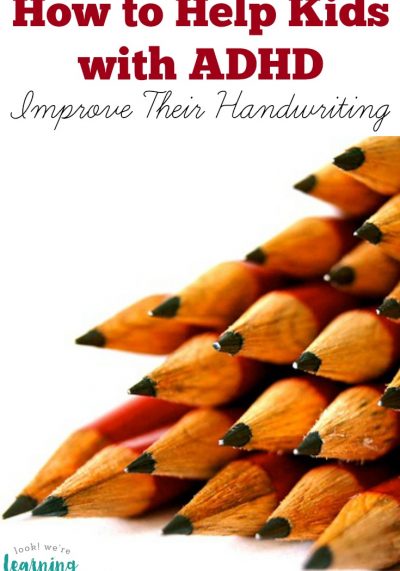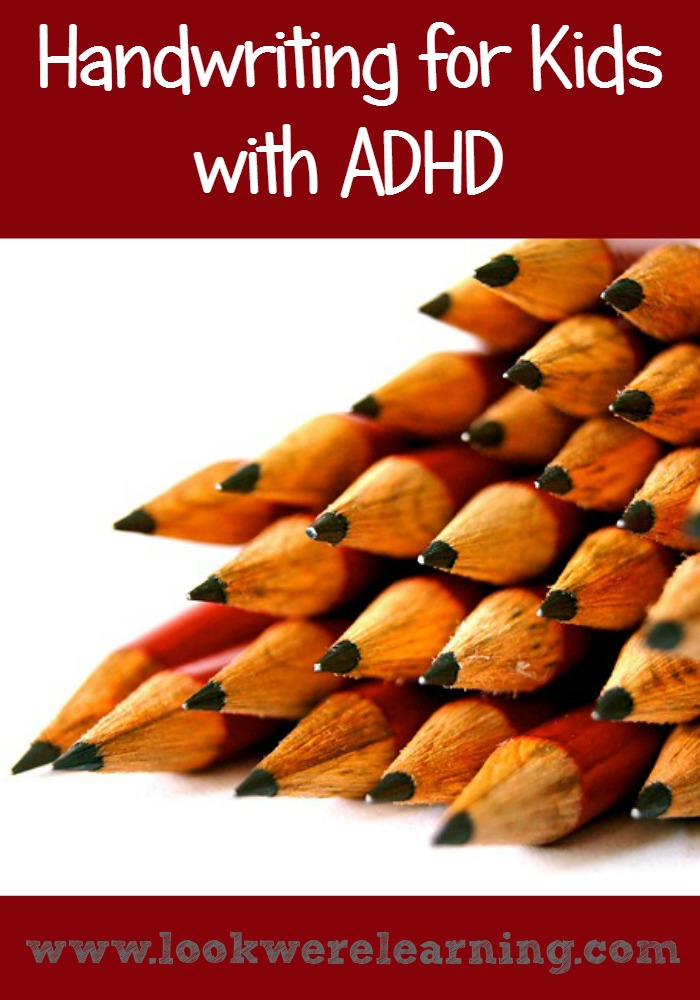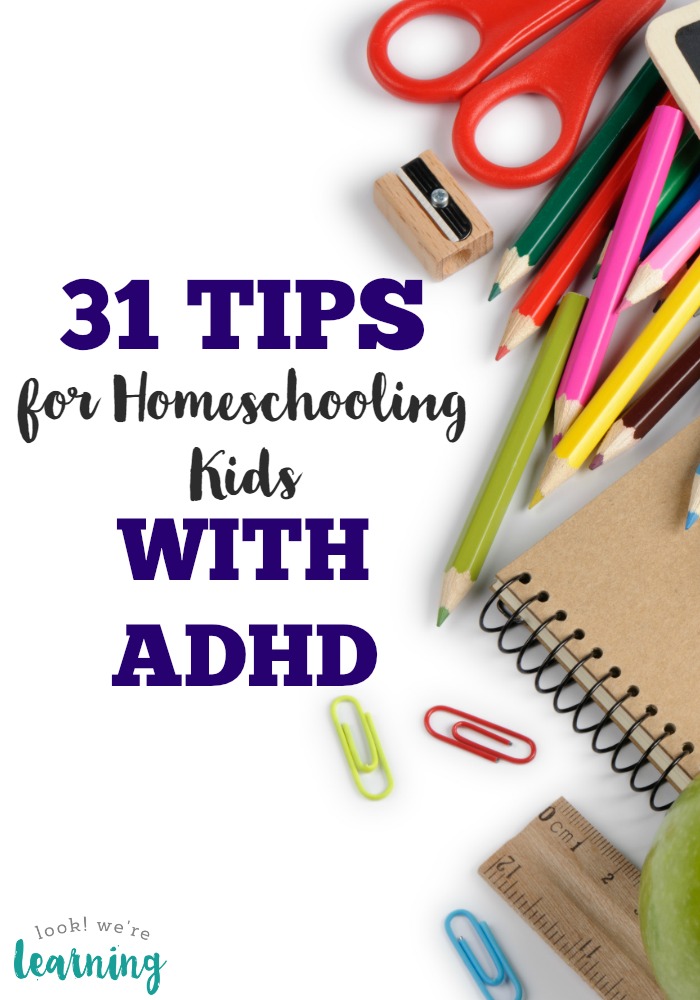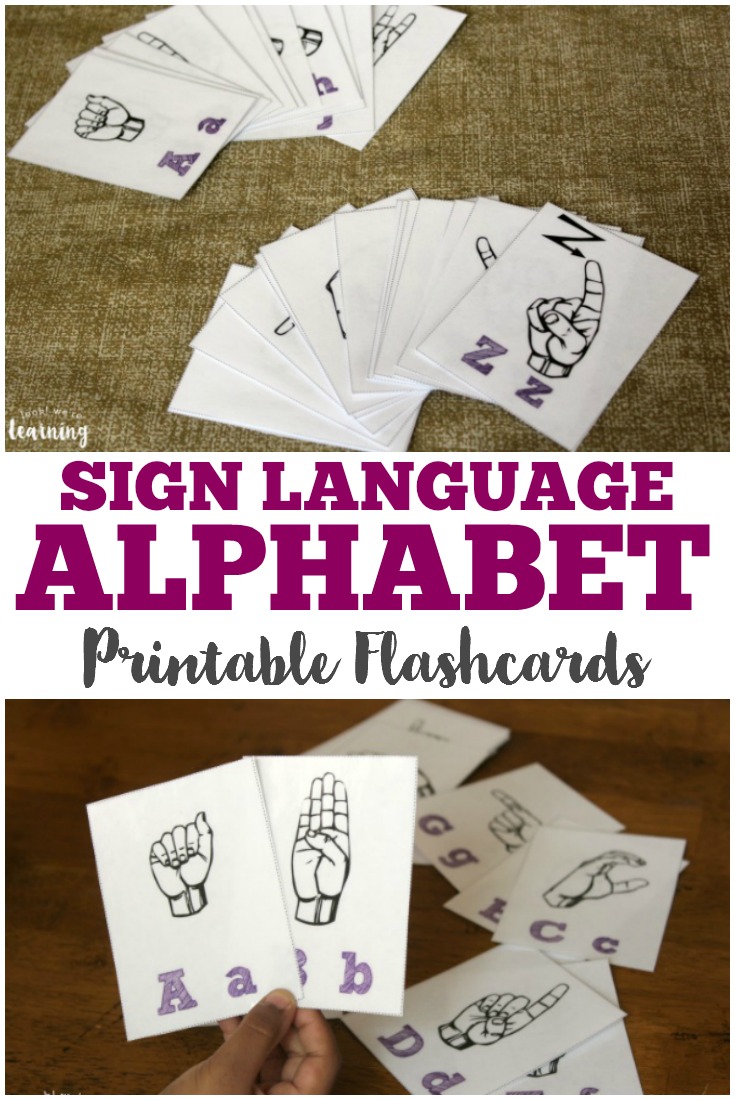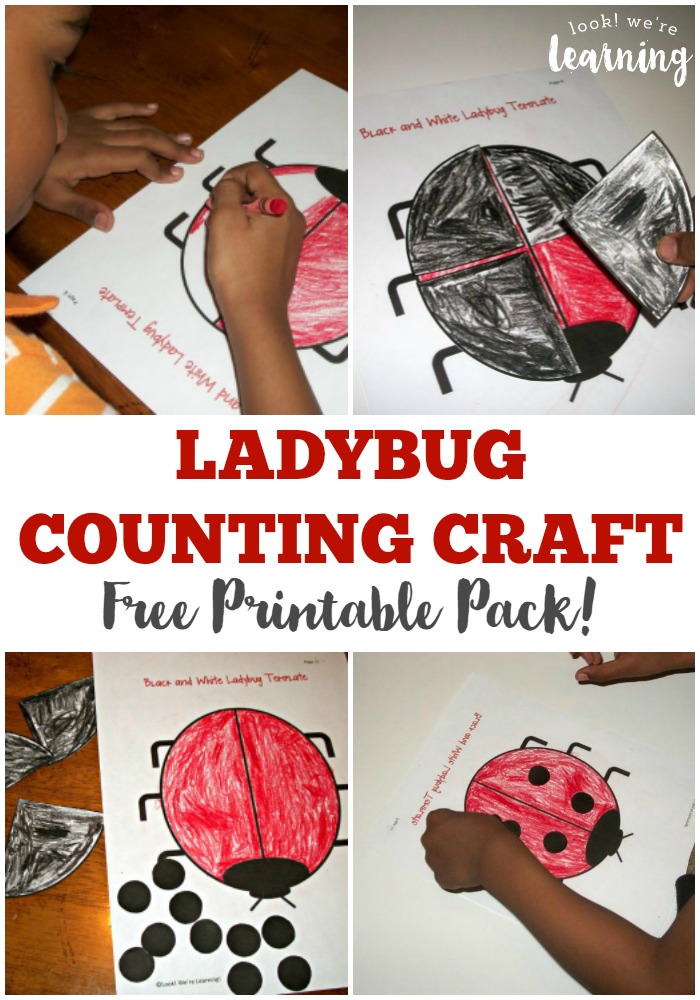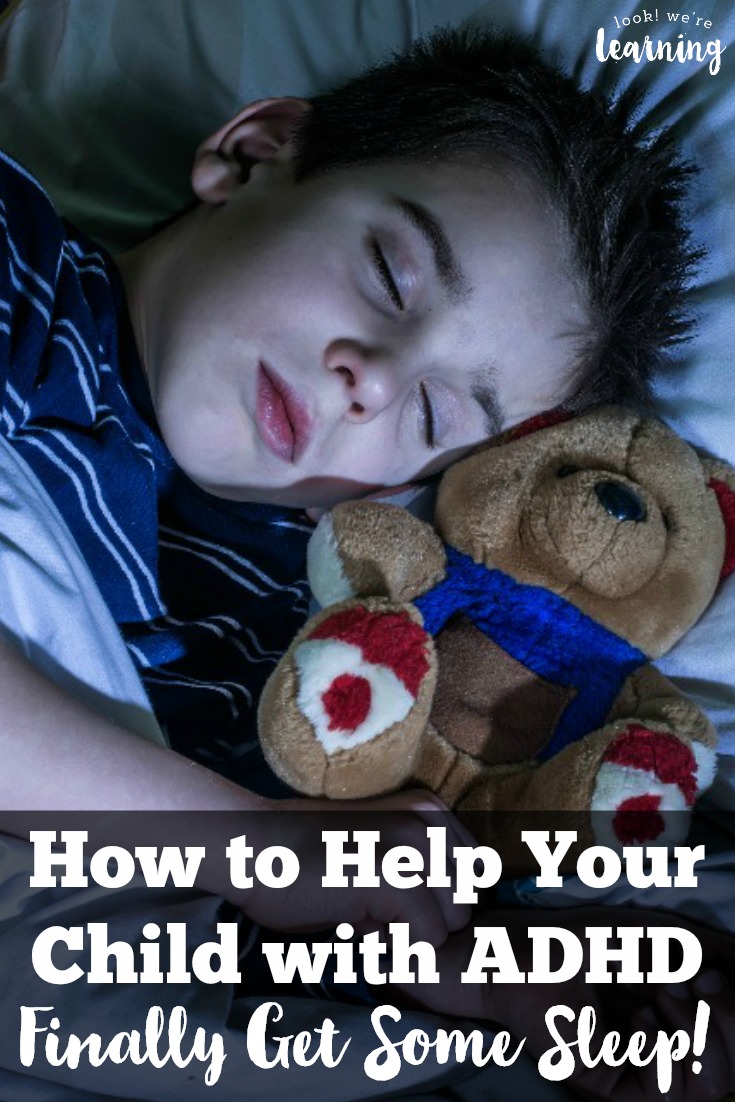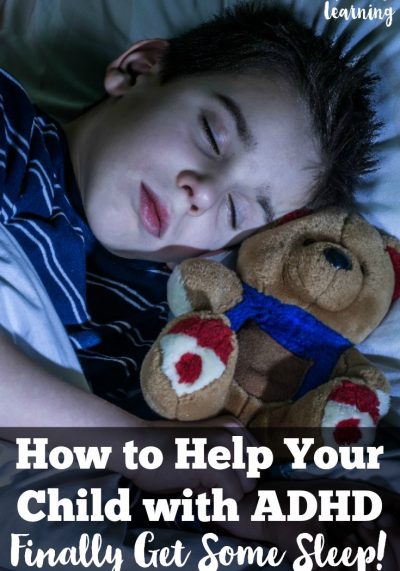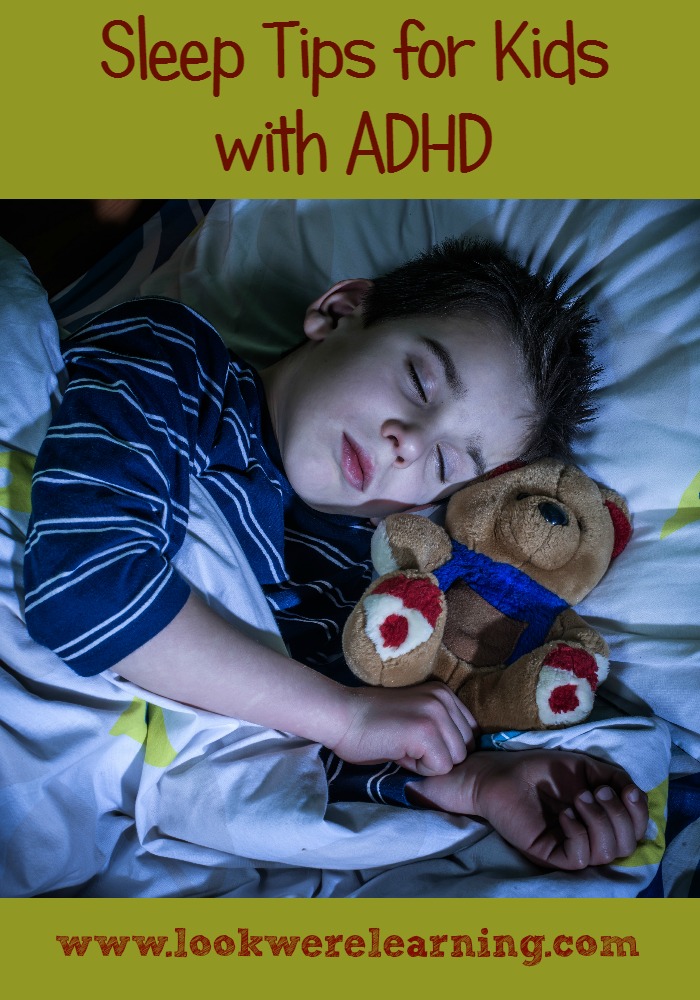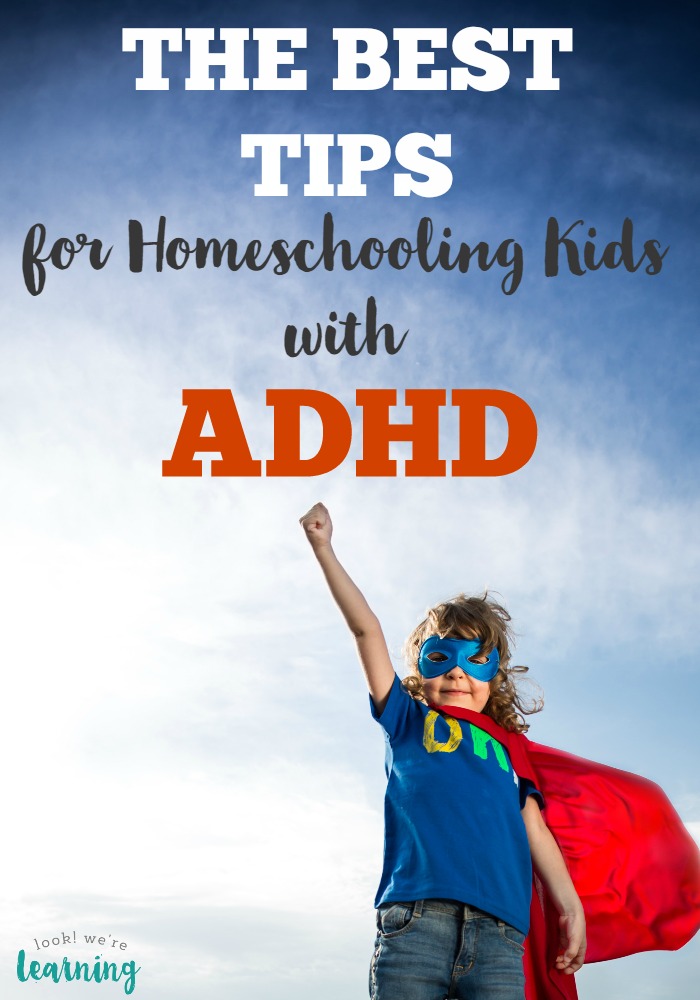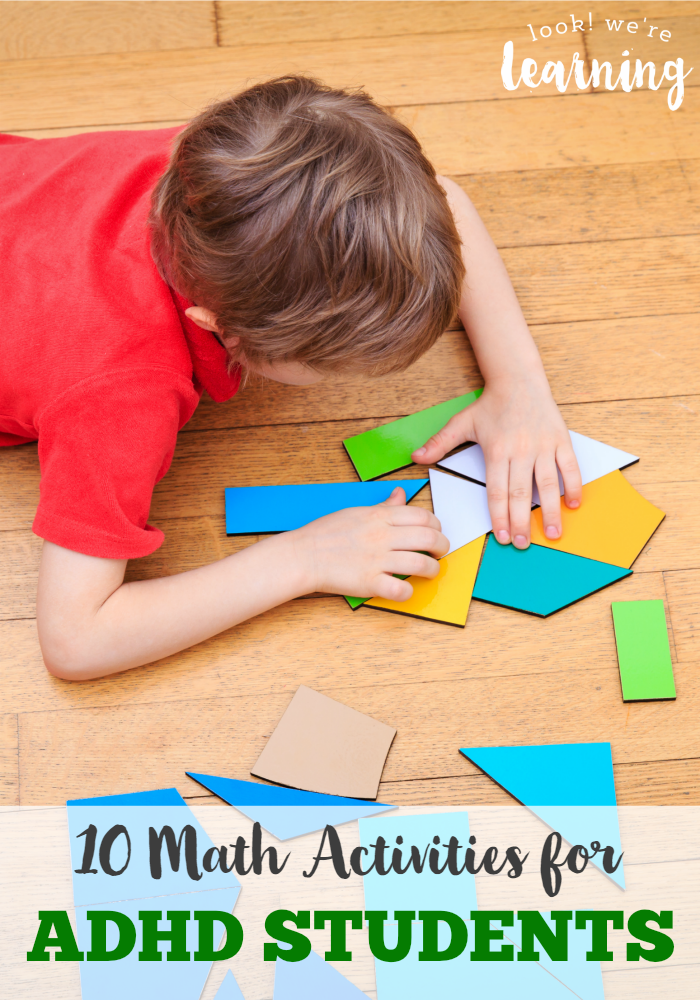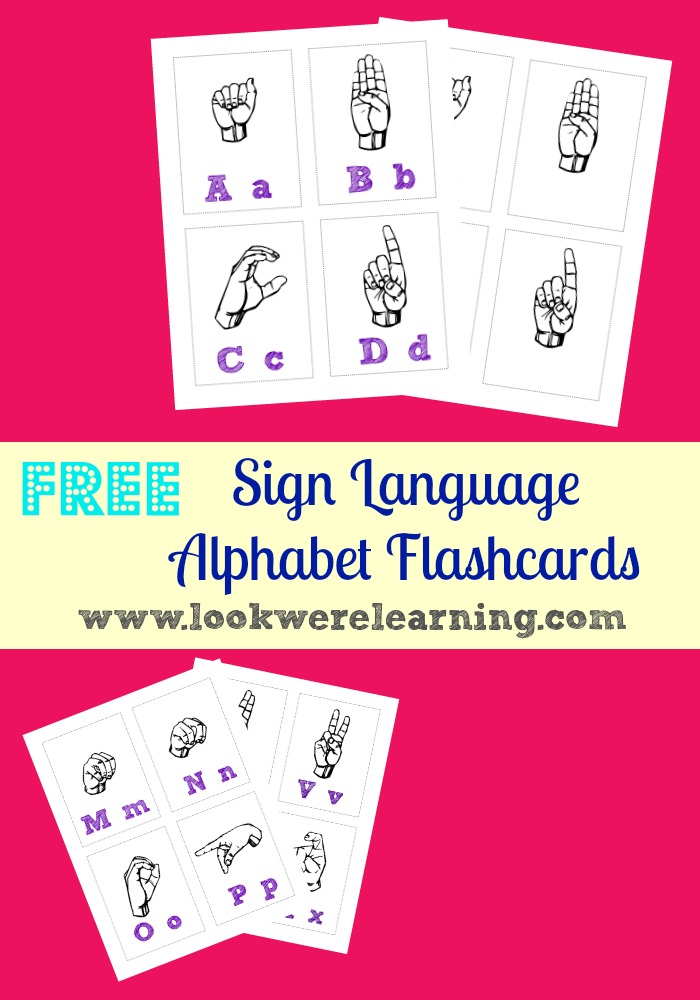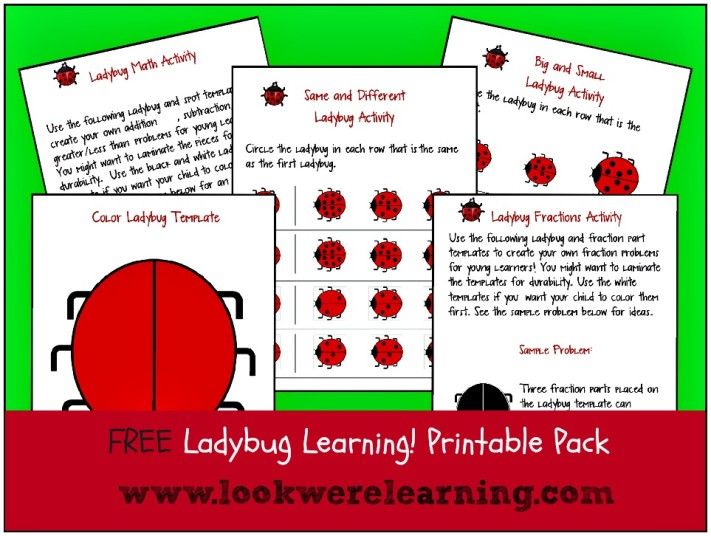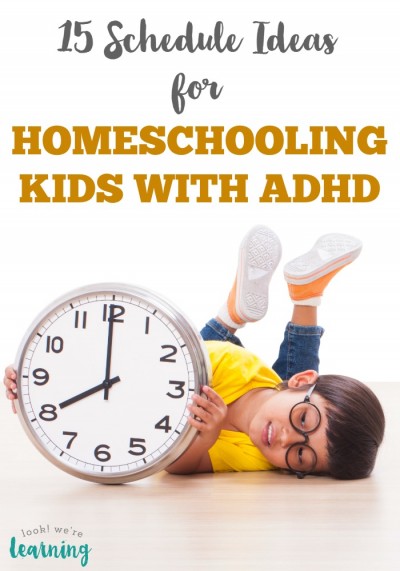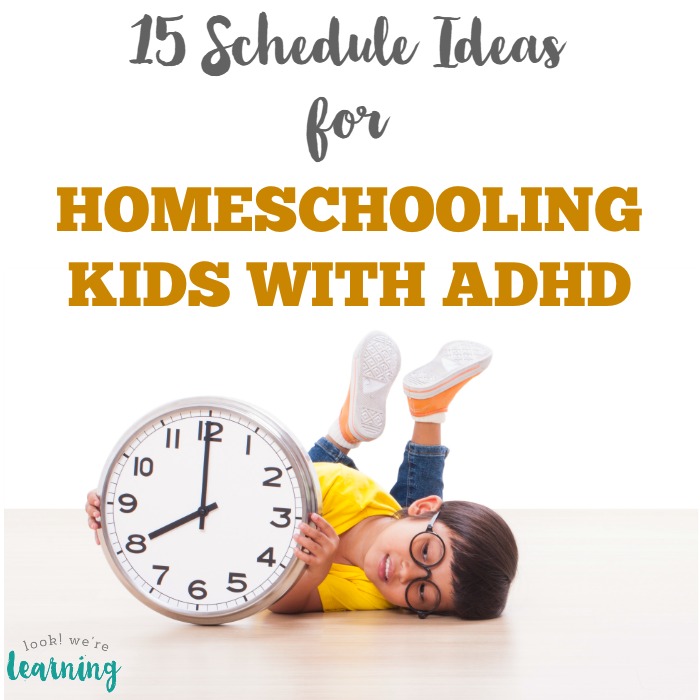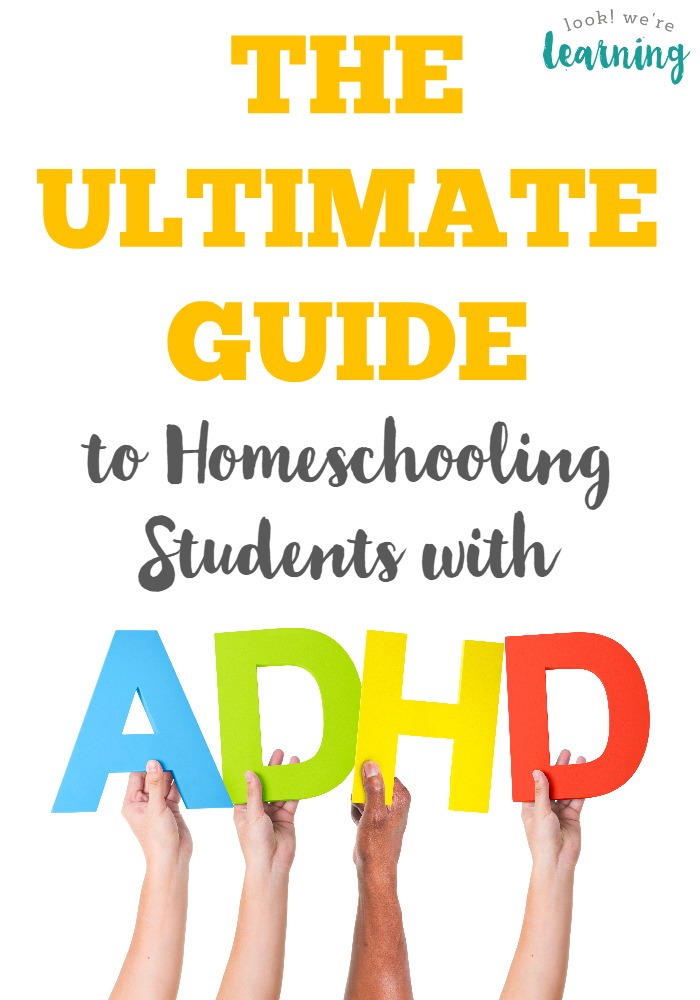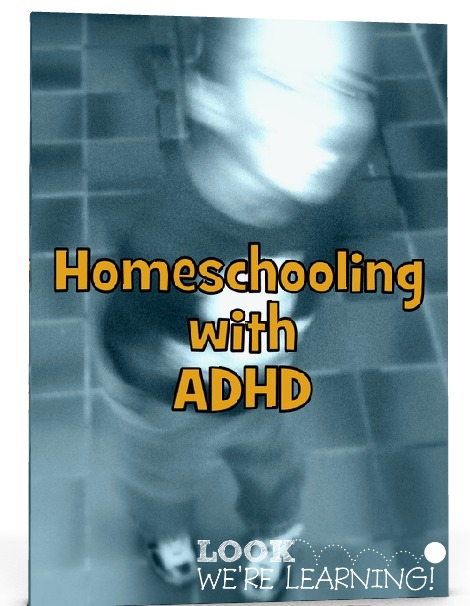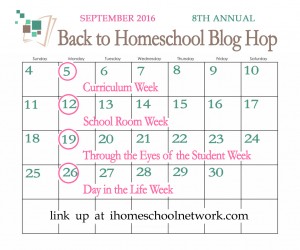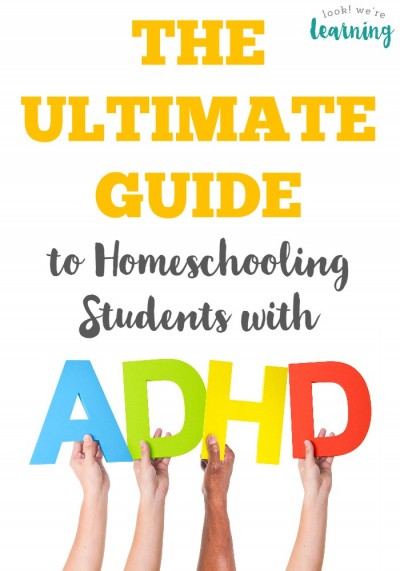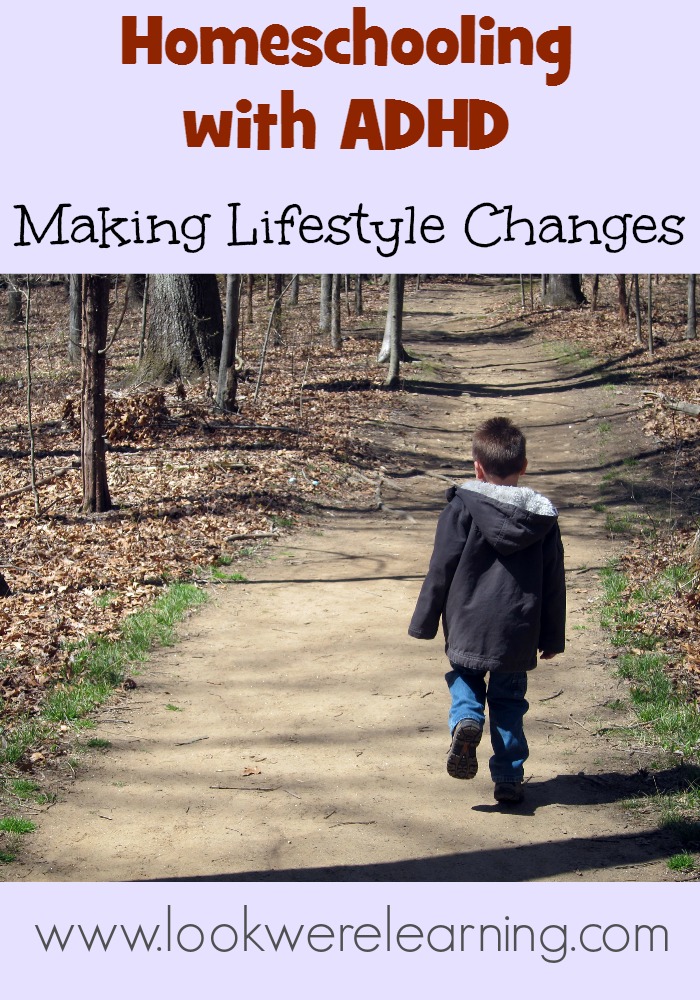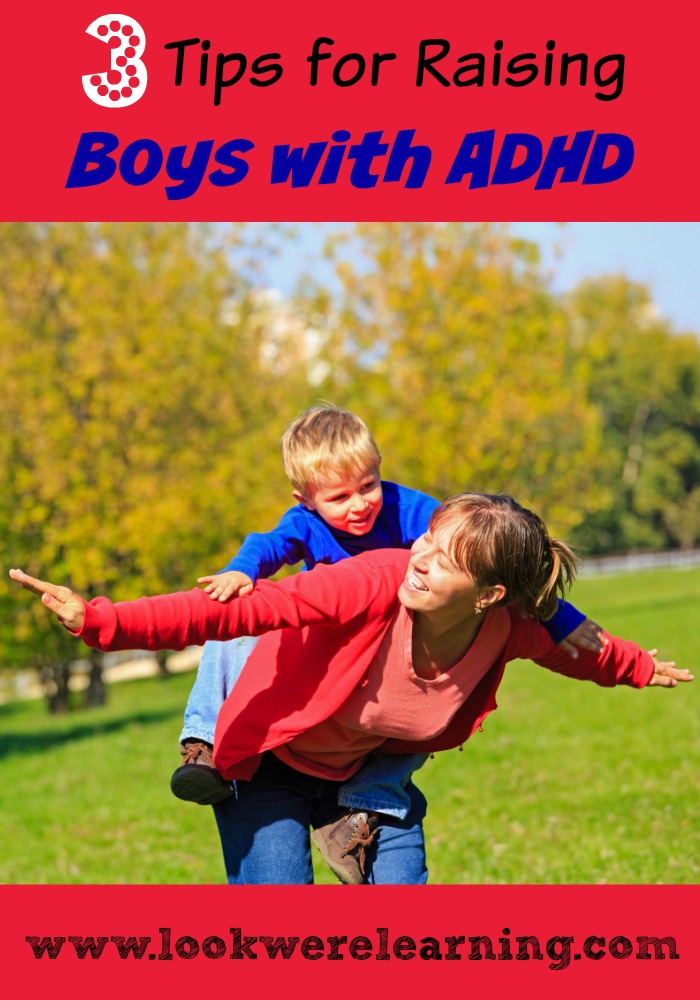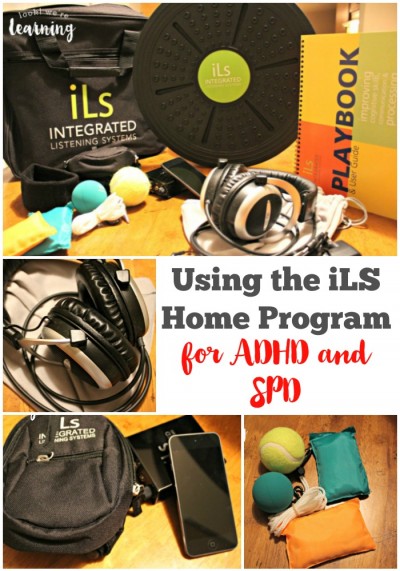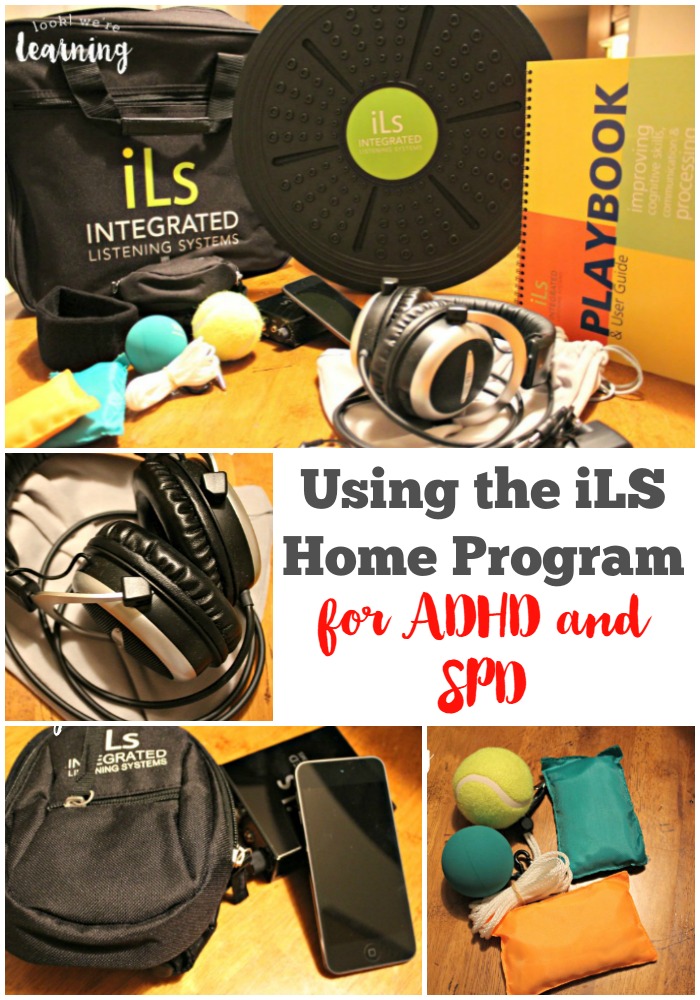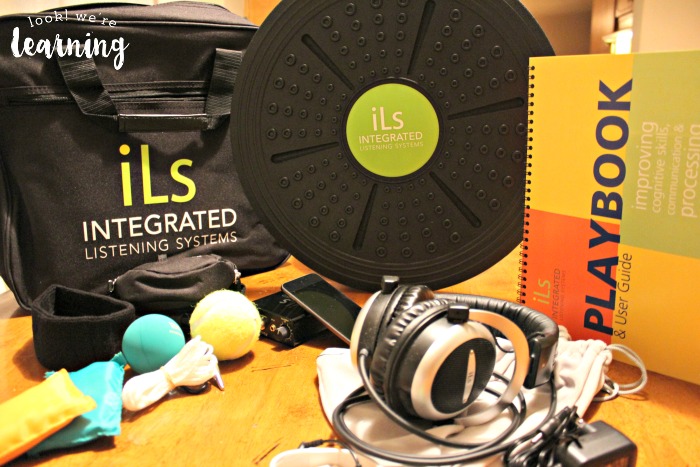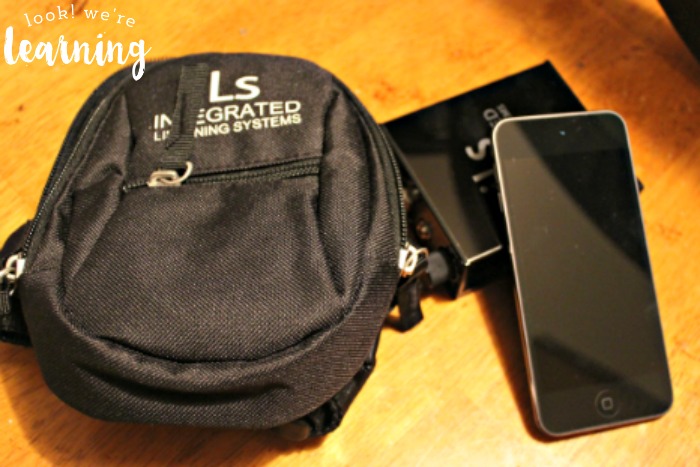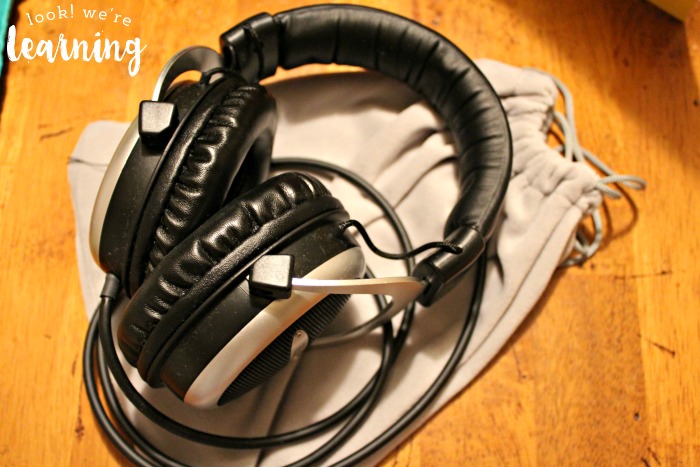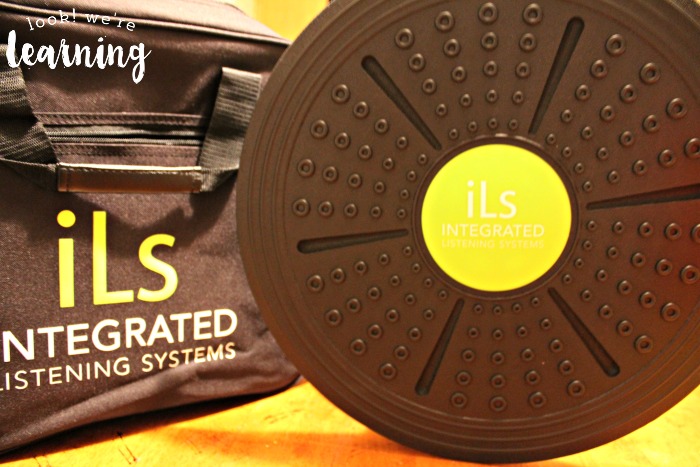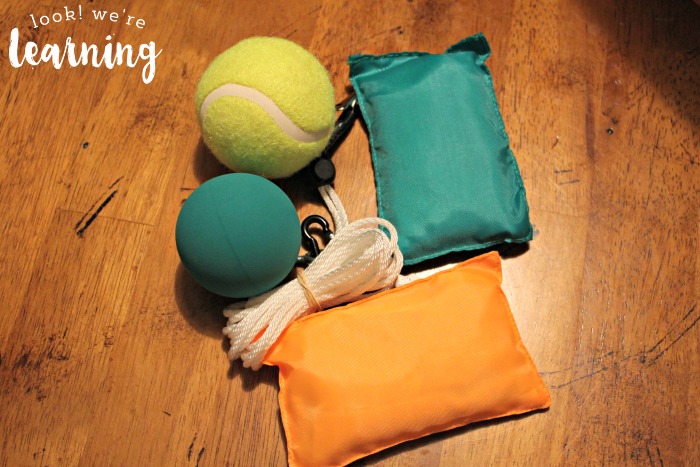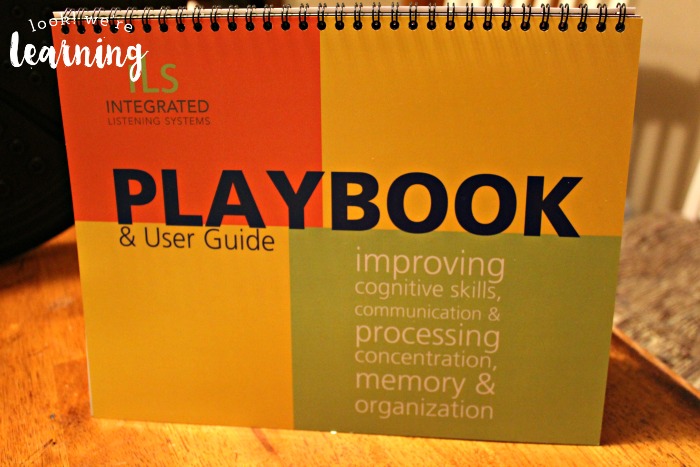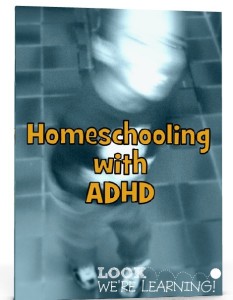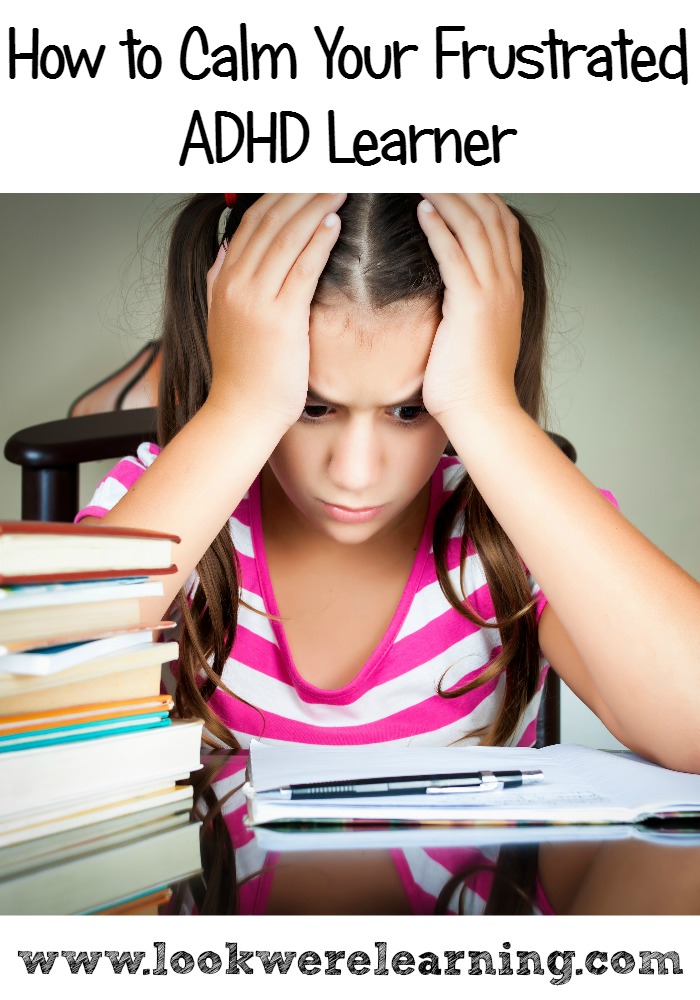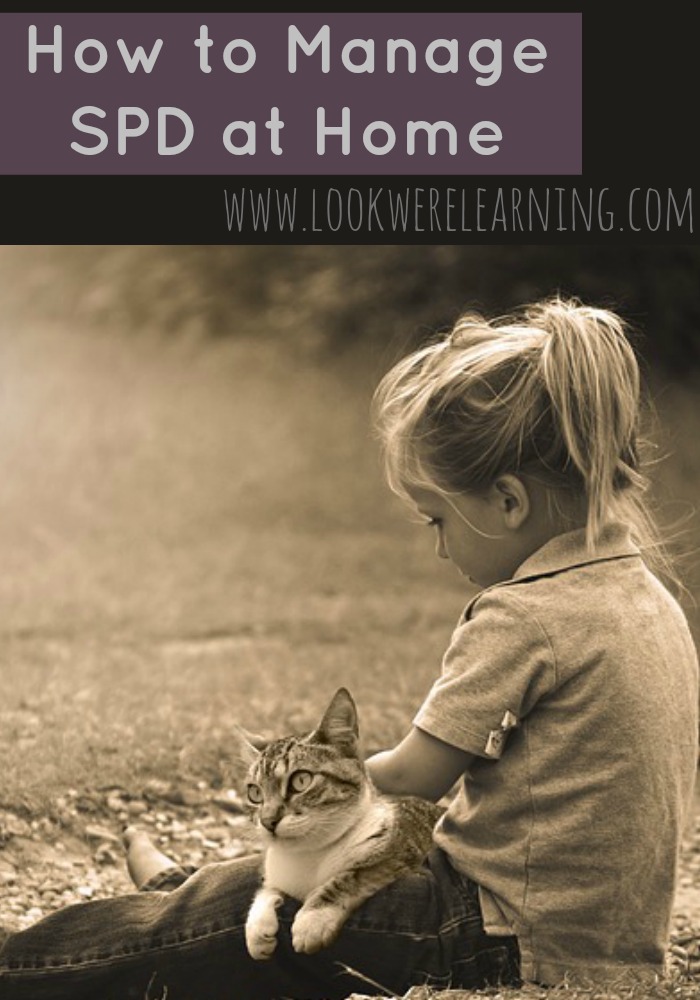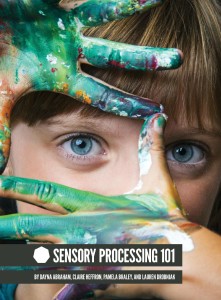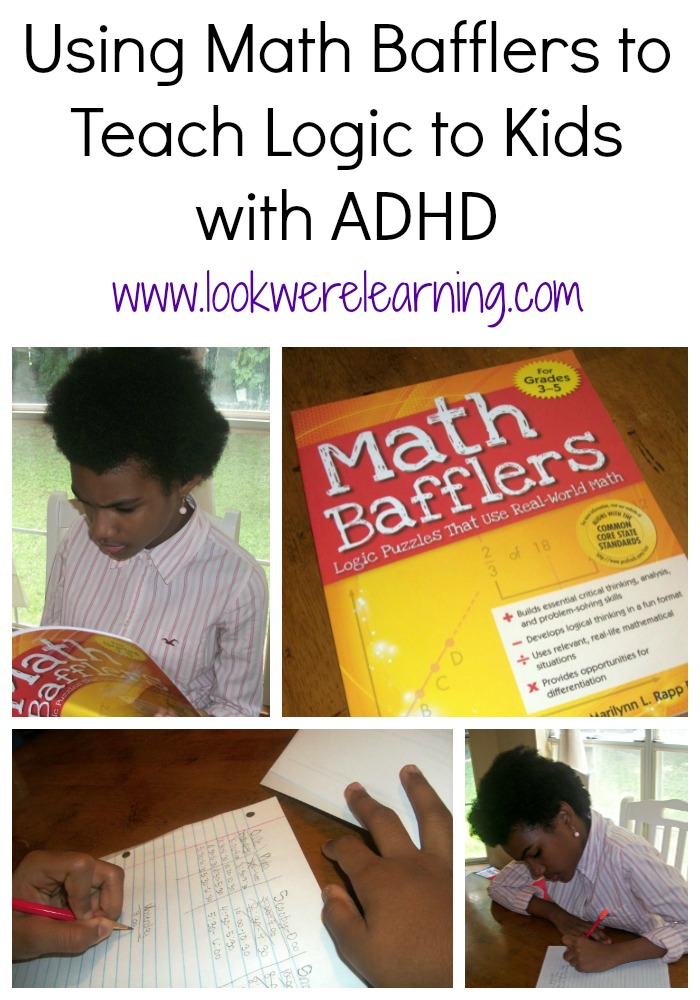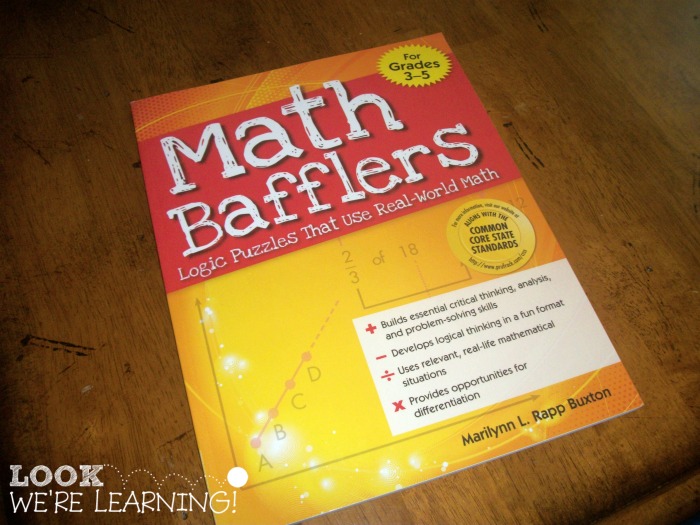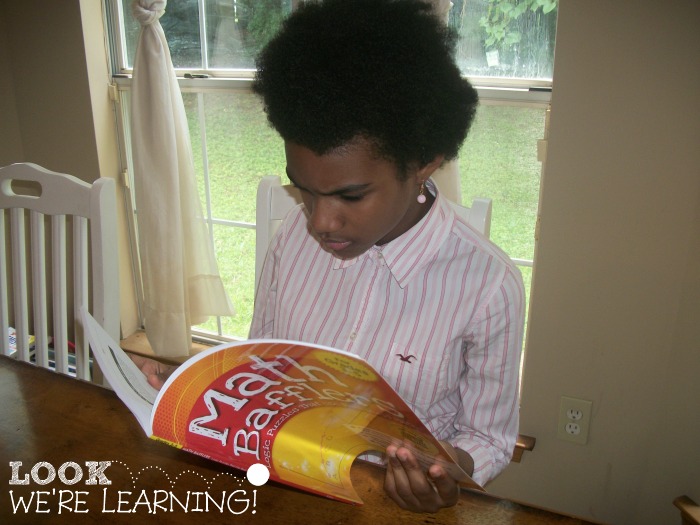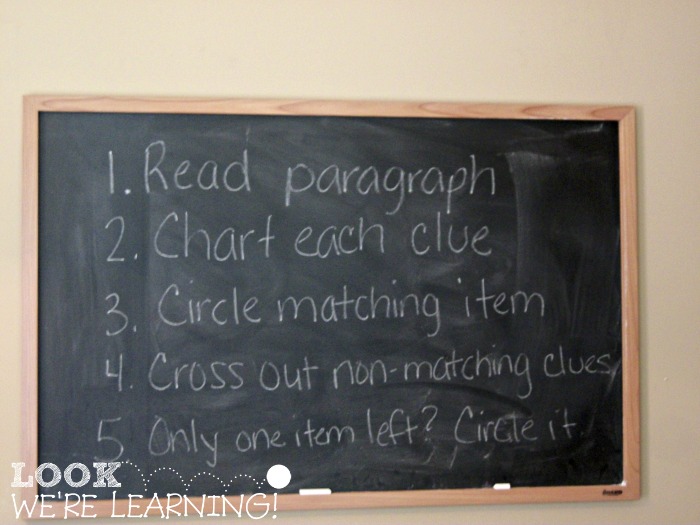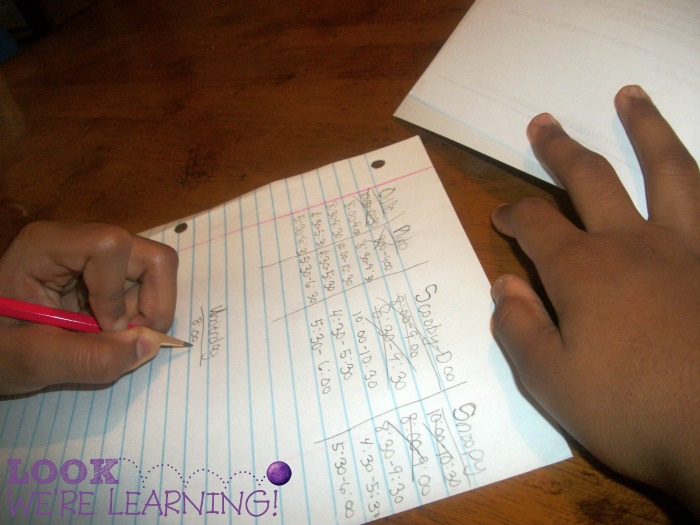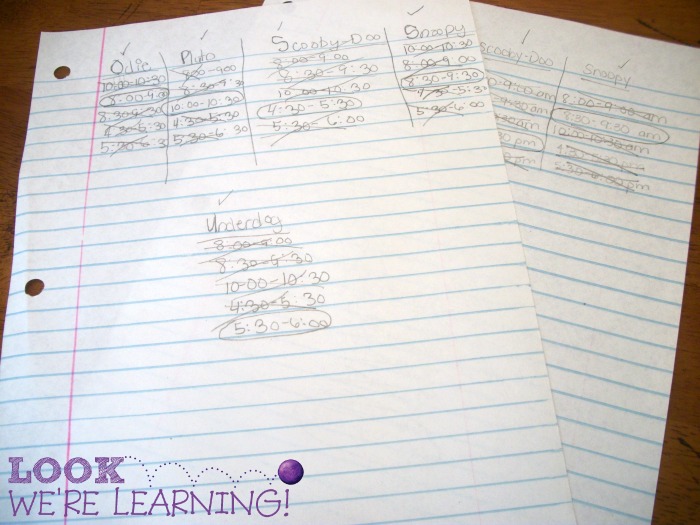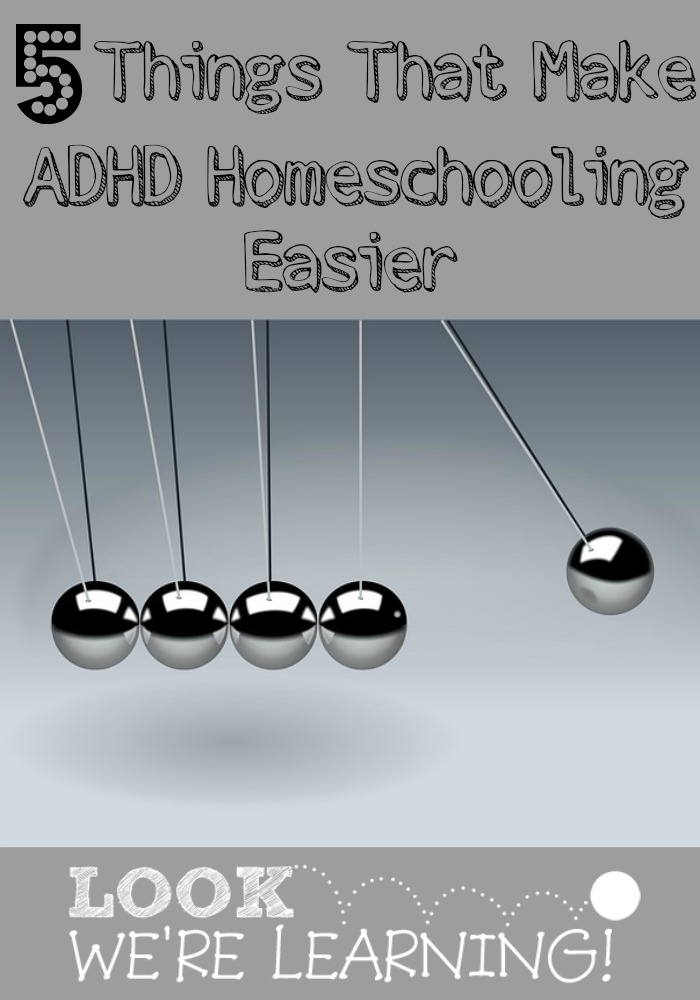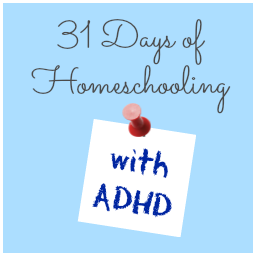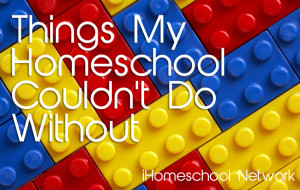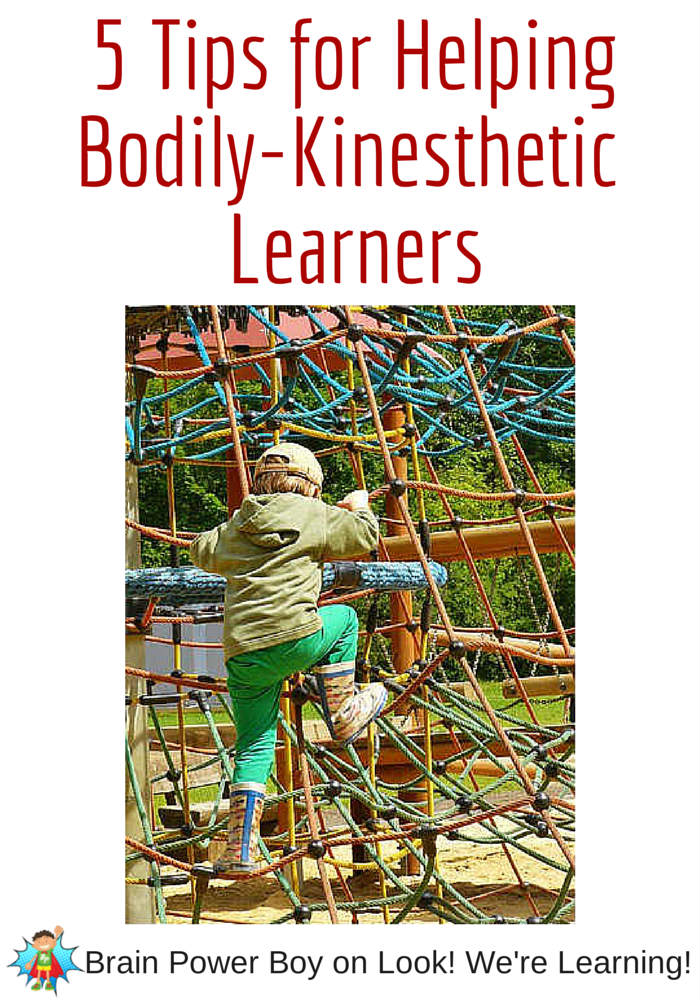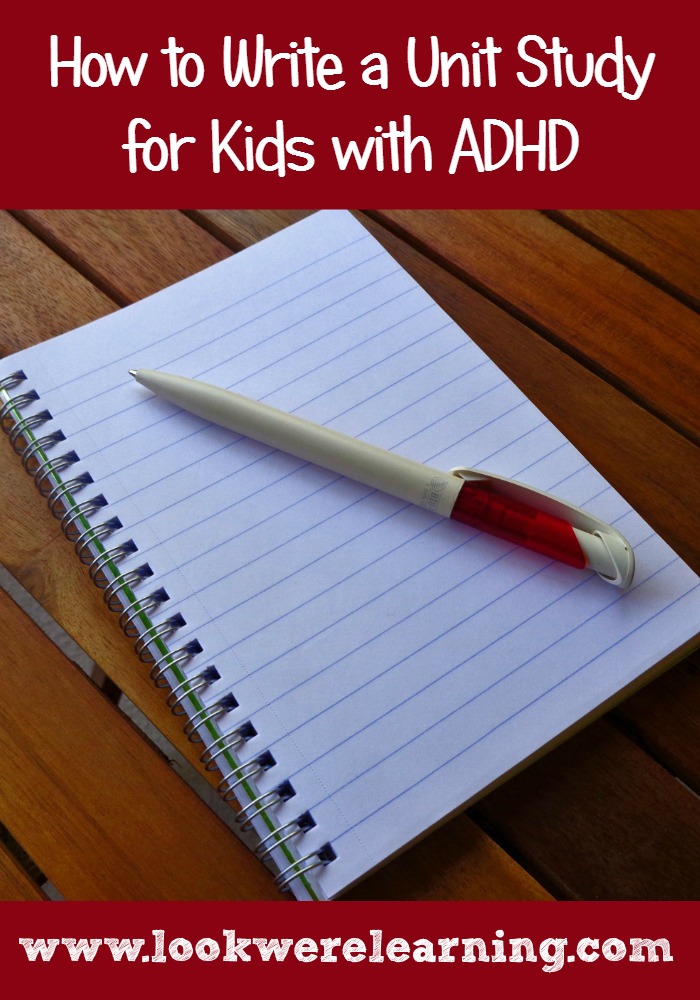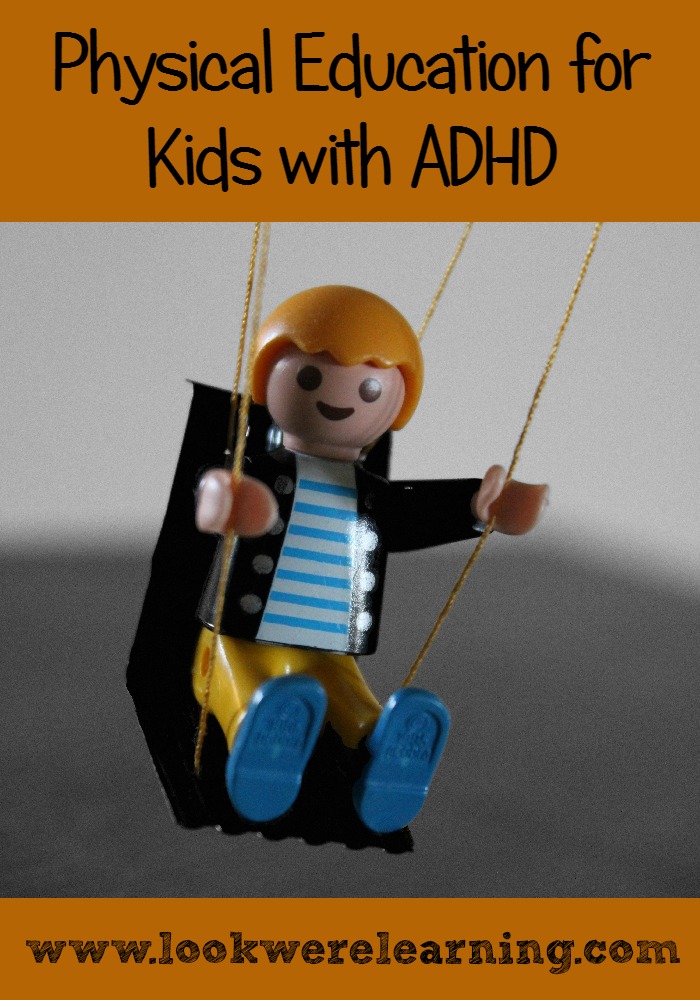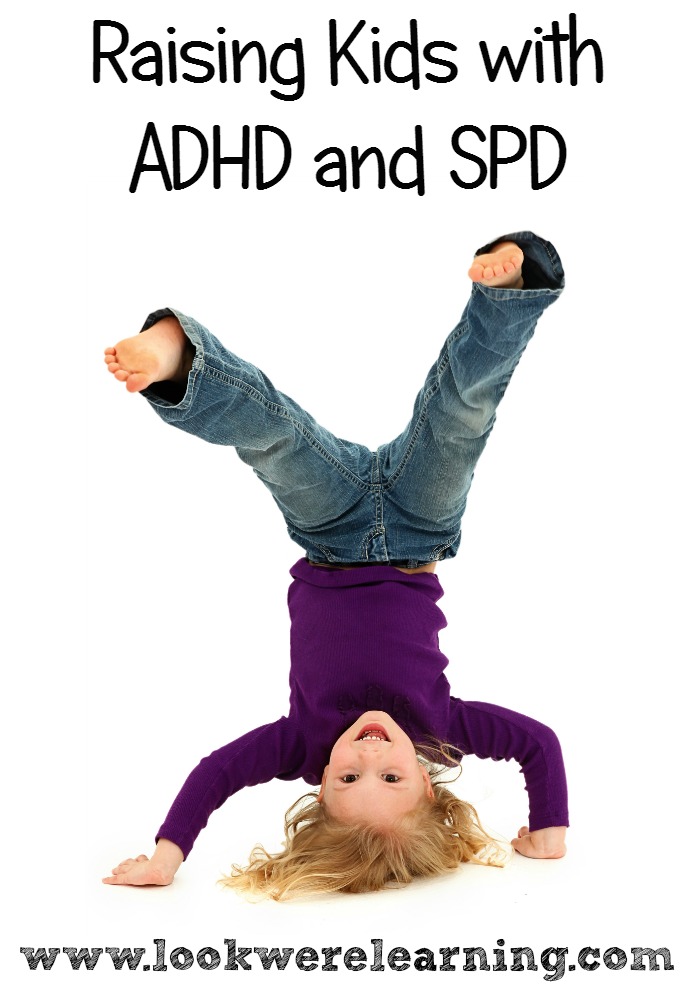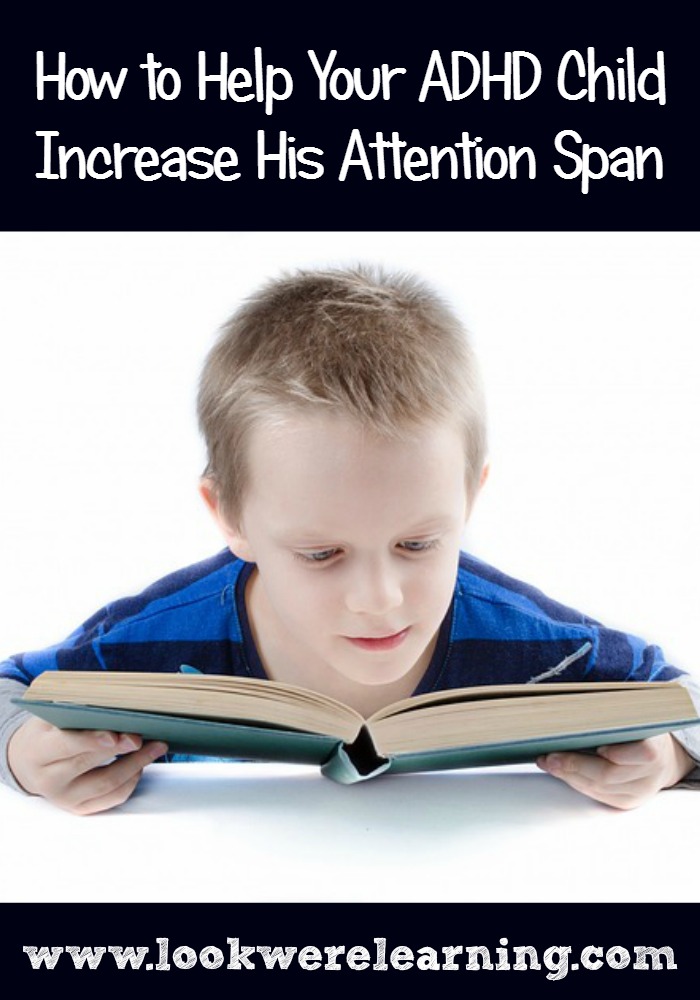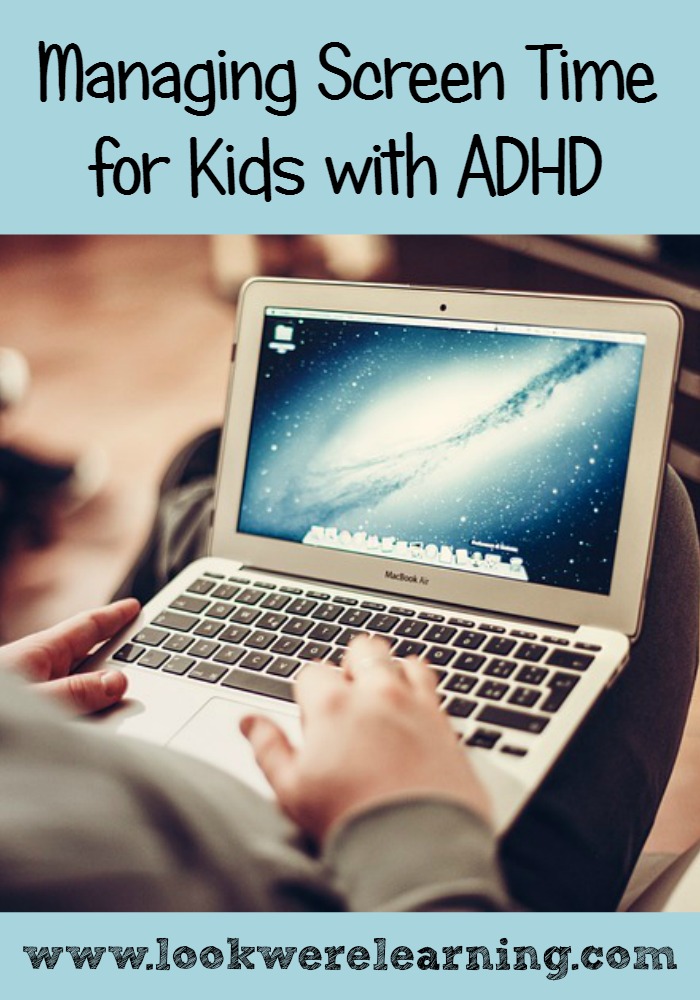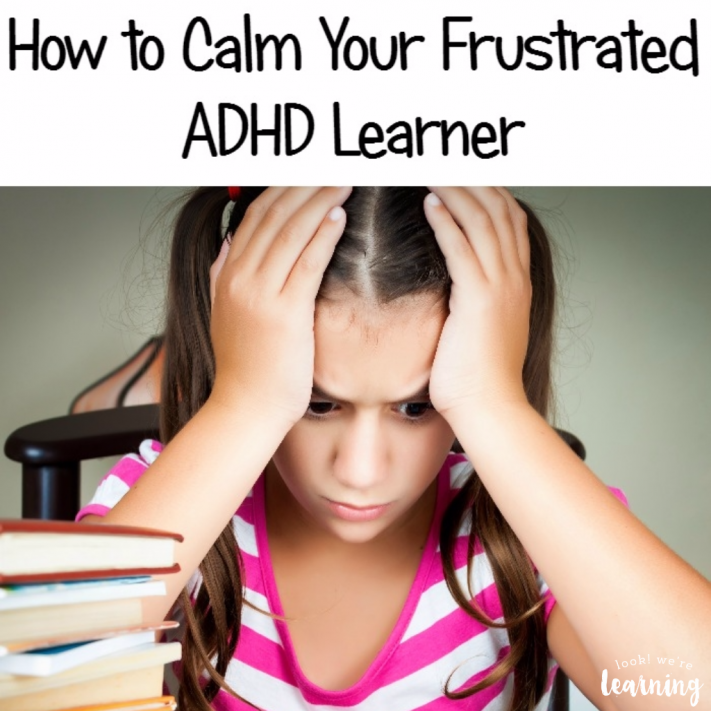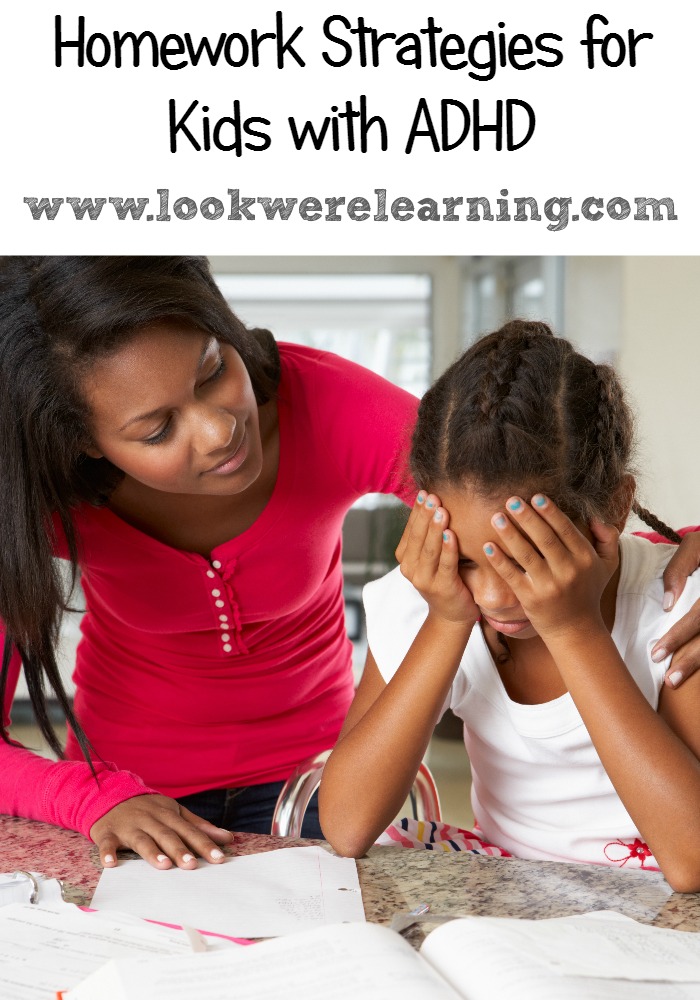Do your kids with ADHD struggle with penmanship? You’re not alone. Many, many kids need ADHD handwriting help from an early age. And, once again, it all goes back to the unique struggles of the ADHD brain.
Executive function is what helps us organize our thoughts and carry them out. Because that is sporadic in kids with ADHD, they may have trouble understanding the process of handwriting, including how to hold the pencil, how to form the letters, and how to copy what they see in a book or on a chalkboard.
Tigger has struggled with her handwriting for the past couple of years. On occasion, it would look perfect – identical to the models in her handwriting book. At other times, though, it was barely legible. For the longest time, I did not understand why handwriting seemed to be so difficult for her until I started reading about all the ways ADHD affects children.
Now that I have a better understanding of how ADHD works, I’ve adjusted my teaching style to offer her more help with handwriting. Here are a few tips I’ve been using.
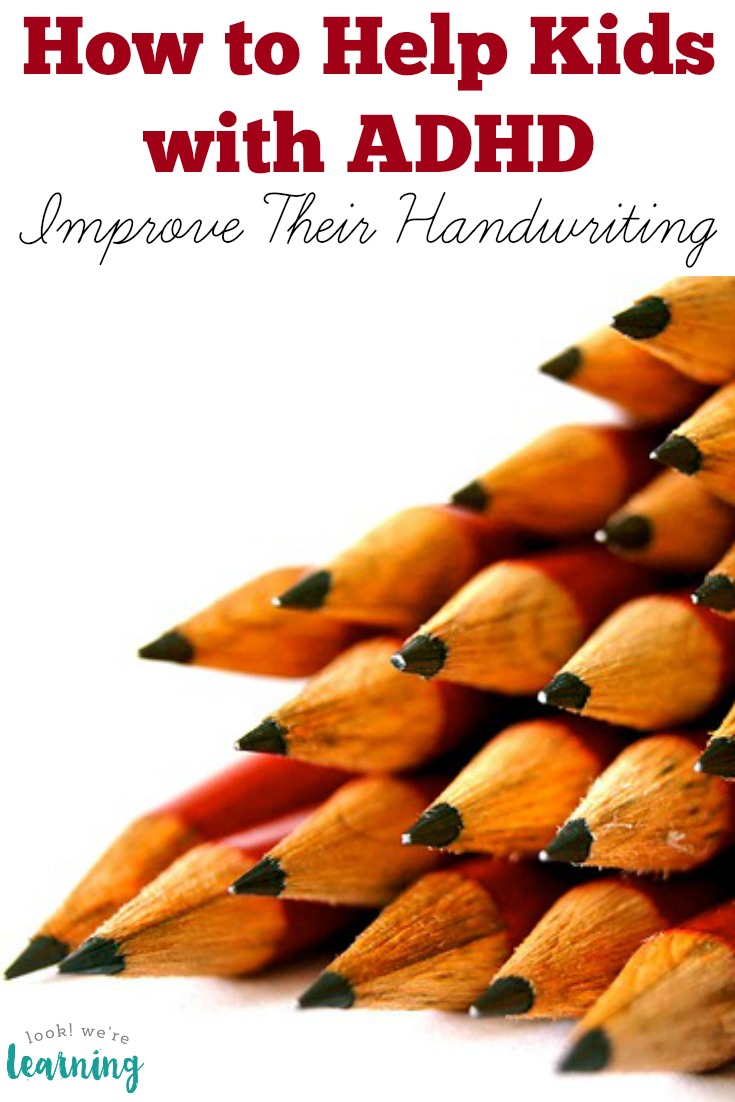
How to Offer ADHD Handwriting Help for Kids
1. Adjust your expectations.
We’ve mentioned this a few times in the past, but when it comes to developing handwriting skills, we have to adjust our expectations of our kids. They may not develop the fine motor skills to write well at the same time or age as their peers, which means their handwriting skills may develop slowly.
If that’s the case, having them write pages and pages of copywork is not going to help them develop these skills any faster. It will, however, make them hate handwriting.
Let your kids write to the best of their ability and then have them do a small amount of daily copywork. After a few weeks, you’ll see their handwriting improve. It may not look like the D’Nealian model, but it will improve…in time.
2. Don’t rush to teach cursive.
There’s a minor debate going on in public school right now about the value of teaching cursive writing in the modern age. Personally, I love cursive and I teach it to my kids. But, I don’t insist that they use it at a certain age.
Cursive is generally harder to master than print handwriting. So if your child with ADHD is already struggling with handwriting, don’t insist that he master cursive simply because he is at the grade level when cursive is taught in school.
We introduced cursive to Tigger in third grade, but I noticed that her print was getting sloppier by the day. So, I stopped teaching cursive and we went back to print. Now she’s learning cursive again, but without letting her print penmanship slide.

3. Let kids use alternate methods for composition.
Some kids who dislike handwriting or have sloppy handwriting are actually excellent storytellers. Don’t insist on them writing their work by hand. Let them use other methods to compose their stories, papers, and responses. Try teaching them to type. In fact, learning to type can actually build fine motor skills that will improve handwriting in the long run.
You might even want to let your kids dictate their stories or draw pictures to express their thoughts. Let them know that there are several ways to tell a story. That way, the frustration of trying to master penmanship won’t poison their love for writing.
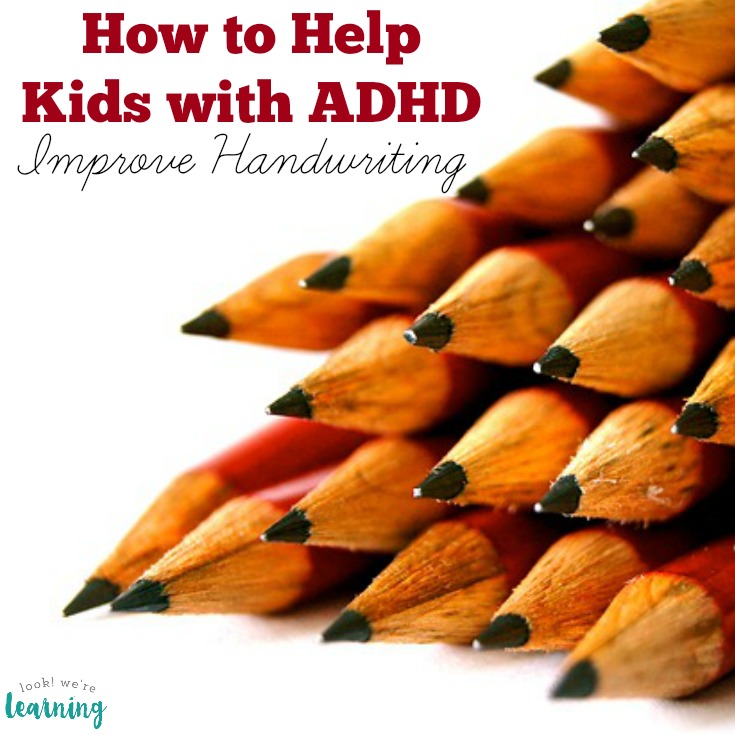
Do your kids with ADHD struggle with handwriting? How do you help them develop good penmanship? Let us know in the comments!
This post is part of the 31 Days of ADHD Homeschooling series! See plenty of ways to make homeschooling kids with ADHD easier!
Get even more tips and suggestions for parenting kids with ADHD by following my ADHD Tips board on Pinterest!
You can get plenty of tips for homeschooling and parenting kids with ADHD when you sign up for our email newsletter!
Don’t miss these other great posts!

